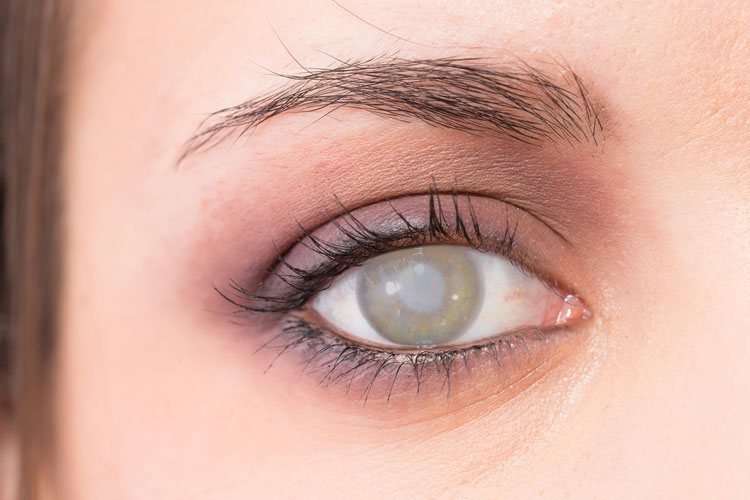WHAT IS CATARACT?
A cataract is a condition in which the clear lens of the eye becomes cloudy, preventing sufficient light rays from entering the eye and impairing vision.
Cataract is not a tumour or a growth over the eye as is commonly feared. It is normally a part of the ageing process and is due to the physical changes taking place in the lens. A common condition among the elderly, cataract can also be caused by injury, be present at birth or due to illnesses such as diabetes.
WHAT ARE THE SYMPTOMS?
The first sign is usually a blurring of vision which cannot be corrected by glasses. Opacification, or clouding, nearly always develops at the edges of the lens and if progressive, impairs vision as it spreads inwards. Other symptoms may include seeing multiple images, poor vision in bright light, seeing a large black spot in front of the eye or haloes around lights.

WHAT IS THE TREATMENT?
At present, there is no recognised or effective treatment for cataracts once they become advanced, apart from surgery. Depending on the patient’s needs and as long as vision remains satisfactory, surgery is not necessary. However, your surgeon will advise that the cataract be removed when poor vision interferes with your daily activities.
Cataract microsurgery (phacoemulsification technique) is usually highly successful and more than 90% of patients are able to regain good vision. With the removal of the cloudy lens, an artificial lens is needed to substitute its function of focusing light rays onto the retina. This is achieved in one of three ways – by special cataract glasses, contact lens or intraocular implants which are plastic, discs inserted into the eye.
INTRAOCULAR IMPLANTS
Artificial lenses (intraocular lens = IOL) implanted inside the eyeball by surgery have been used for over thirty years with excellent results achieved, particularly in patients above 45 years. However occasional complications still exist such as raised eye pressure (glaucoma) and inflammation (iritis). Sight may also deteriorate several months or years after surgery due to thickening of the capsule which is left behind. This condition may be improved either through an operation known as capsulotomy or treatment using the YAG laser.
ARTIFICIAL LENS REPLACEMENT
As each patient has special needs and problems, your ophthalmologist will discuss your treatment with you during your consultation.



